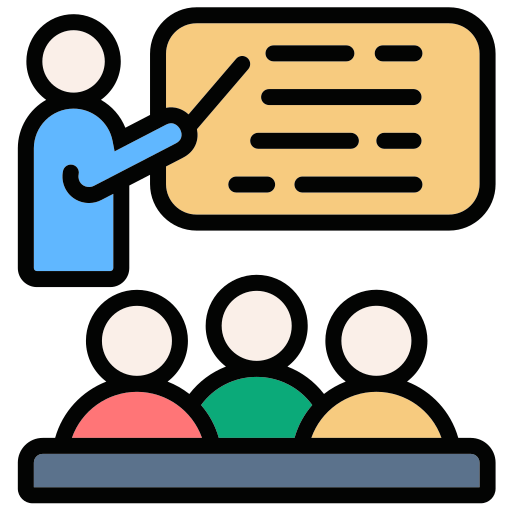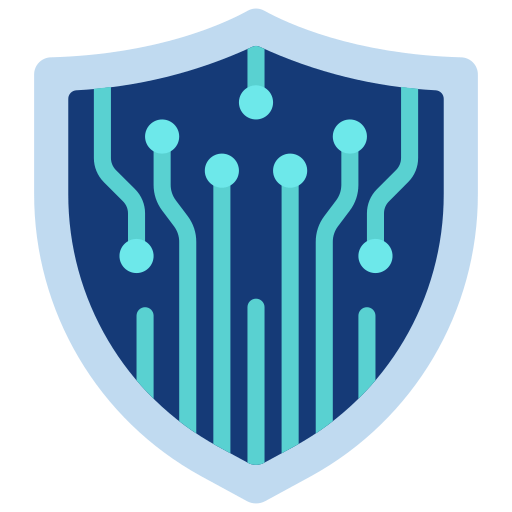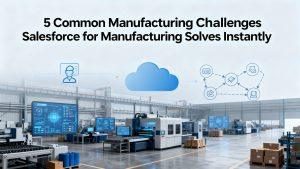With young people forming the major part of today’s workforce, we all know how important it is to have a good workplace environment to keep them engaged and motivated. Good compensation alone cannot keep them excited anymore. In the IT industry, hybrid working and a shift towards employee oriented policies has become popular and a common way of working post COVID-19.
Therefore, in this blog, I will be sharing with you the ways in which the HR partners can contribute to creating a healthy work environment and retain young talent for a longer period with the focus on the modern workforce who is majorly working in a hybrid model especially aiming at the IT firms.
A. Rewards and Recognition

Rewards are the direct benefits provided to an employee to motivate and keep up good performance of an employee. Rewards can be monetary or non monetary in the form of cash prizes, bonuses, gift coupons, family outing/lunch, etc.
Recognition is non monetary. It aims to acknowledge and value the contributions of an employee. It can be done by recognising the employee in public forums or team meetings, mentioning about them in a company magazine or newsletter, providing an excellence certificate or nominating for an award. Rewards directly benefit the employee while recognition brings a sense of belongingness to the employee.
Both the methods of appraising employees for their work and over achieving the targets are highly practiced by the industry to ensure employees’ commitment to good performance, loyalty and creates a healthy competition among the team members.
An article by Gallup stated that Employees who experience great rewards and recognition programs in the workplace are 20 times more likely to be engaged compared to those who receive inadequate recognition.
B. Communication

This may sound like an everyday routine activity for survival but it is much more than just talking. Clear communication ensures that both the internal and external stakeholders are clear on the expectations, deliverables and deadlines. It helps in managing the work and time by eliminating any rework. The following points must be considered for implementing the same-
- Roles and responsibilities, project goals and expectations from an employee must be communicated clearly by the manager.
- Performance Parameters or as we call KPIs must be listed down, explained and shared with employees in writing.
- Timeline of the projects or sub tasks to be defined and mutually agreed upon.
- Questions from the employees must be encouraged, any disagreements or concerns should be addressed openly in a constructive manner.
- It helps in building a conflict free environment where employees are welcomed to share alternate plans or approaches to achieve a goal, highlight project or cultural red flags, or even accept a mistake without being misunderstood or judged.
For instance, you can ask the Managers to set up a 1:1 meeting on a weekly basis to understand the progress, concerns or any help that an employee might require to complete a task. This could also include any other concerns than the project itself. However, there could be several informal touch points throughout the week.
C. Satisfying Roles and Responsibilities
This is a significant factor in retaining and motivating employees. If an employee is not happy with his or her job responsibilities and is not content with their work at the end of the day, no matter how good of a working environment or friendly workplace an organization has, it will not leave the employee satisfied and productive. One can ensure that the employee is satisfied with his or her job role by-
- Avoiding assigning monotonous work or inspiring the employee to automate it
- Allocating work that challenges the intellect of the individual and calls for self learning/improvement
- Giving new opportunities that are aligned with the personal growth of the employee
- Letting them know why their role is necessary and how they are making a difference and adding value to the bigger picture
- Showing them their career path and how this role is a part of their journey
The following quote, undoubtedly states the relationship between Role Satisfaction and Productivity.
“Pleasure in the job puts perfection in the work.”
-Aristotle (Greek Philosopher and Polymath)
D. Open Work Culture

Open work culture is the foundation of a healthy and positive work environment that promotes transparency, approachability of the management to the employees and diversified workforce. Here is the importance of having an open work culture-
- Transparency about company reforms, new business ventures, financial growth, policies etc. helps the employees feel informed, engaged and build trust towards the organization.
- When employees have an approachable communication channel and are encouraged to share opinions, propose ideas, ask questions or raise concerns directly to the management, they feel empowered,valued and a sense of equal partnership in the company is inculcated.
- Inclusivity of all genders, religion, economic and social background speaks volumes about an organization and how they treat its people. Welcoming each individual without any discrimination provides mental safety to the employees.
As an example of diversity and inclusivity, you can have an LGBTQ employee in the team who is given equal opportunities and a friendly environment is a true exhibition of the company culture. Remember, they are one among us and do not discriminate against them by treating them any differently or willing to agree on an idea proposed by them even if you don’t believe in it.
E. Planned Vacation Time off

Relax, Refresh and Recharge with no questions asked!
As much as it is important to have good physical health to be able to contribute to the organizational goals, it is also important to have good emotional and mental health. Employees must be cheered to take an annual paid vacation time off to spend quality time with their families, create lifetime memories, explore new locations and take a break from work. Instruct the colleagues and the manager to not disturb them during their time off. Checking and replying to mails, answering work calls and messages must be discouraged to let the employees know that you truly want them to rejuvenate and enjoy the vacation.
F. Appreciation

Employees should be appreciated for not just big but also small contributions and accomplishments. A simple thank you note from the CEO, lunch with the manager, sending an email looping the team members would make employees feel acknowledged and motivated to go an extra mile.
So next time remember to appreciate your team for making a neat and attractive looking powerpoint presentation.
G. Leadership Opportunities
Employees should be provided with opportunities time and again to display their leadership skills. It could for a limited time frame or for a smaller assignment. This helps in improving their decision making, communication skills, team management and developing a sense of ownership. It in turn helps the organizations to prepare the employees for career progression in the company and for internal promotions.
H. Learning and Development Opportunities

Any organization’s Learning and Development Program must involve Needs Assessment. It refers to identifying the improvement areas and learning interests of the employees to ensure L&D programs are relevant and engaging. Also, post the L&D program, feedback from the trainer on how effective the program was and the employees (how effectively the program was organized, any suggestions for future) must be collected. Following points can be looked after while conducting L&D programs.
- A variety of learning models like workshops, online courses, on the job mentoring should be included to cater to different preferences.
- Offer a personalized learning path as one-size-fits-all approach doesn’t work.
- Employees should be encouraged to share knowledge and collaborate with other employees.
- Rewards can be linked to learning and development to ensure participation and commitment to the learning programs.
I. Work-Life Balance

Organizations can improve employees work life balance by providing certain flexible work arrangements like-
- Flexibility of managing work schedule- Providing flexibility in office login and logout timings, working for a total of 40 hours spread across 4 days per week if the nature of work permits.
- Flexibility of work location- Setting up a personal workspace at home, coffee shop or coworking spaces other than the usual office setting.
- Flexibility during office hours- Allowing employees to incorporate personal activities in between the office hours if reasonable. Example- (visiting a sick family member, attending a school event or meeting of the child, etc.)
- Promoting a split of working hours and personal time to respect personal space of the employee by not disturbing post working hours or during paid time off.
Here comes the last but not the least-
J. Cross Team Projects/ Personal Projects

The employees must be given the opportunity to take up personal projects that are aligned with their professional development. As an illustration, if an employee wants to embrace a new technology, however the current project does not allow him/her to learn or use the new technology in the coding of that project, the company can set up some time aside, say 1 hour every Friday to let the employee learn or code in the language of interest.
Similarly, cross/inter projects workshops can be conducted to help employees grow in other fields that interest them. This helps the organizations when there is a proxy resource required to fill in a vacancy temporarily within the cross project team.
Hoping that this blog would have given you some insights on what can be done as a Human Resource professional in creating a better place to work.
Also, you can write to us at shreya@mverve.com to share your views about the topic. You can also mention the pointers that I might have missed in this blog or the strategies that you practice to build a friendly and happy workplace.
Thank you for reading!
About Me:

Hello There, I am Shreya Goyal, an HR Professional. I have 5+ years of experience in this domain. I like to write blogs as they may be helpful to my fellow HR friends in the IT industry. I have written a couple of blogs which are available on https://mverve.com/blogs/. Do check them out and share your thoughts.
You can mail me at shreya@mverve.com or message me on LinkedIn https://www.linkedin.com/in/shreya-goyal-928137149/




















